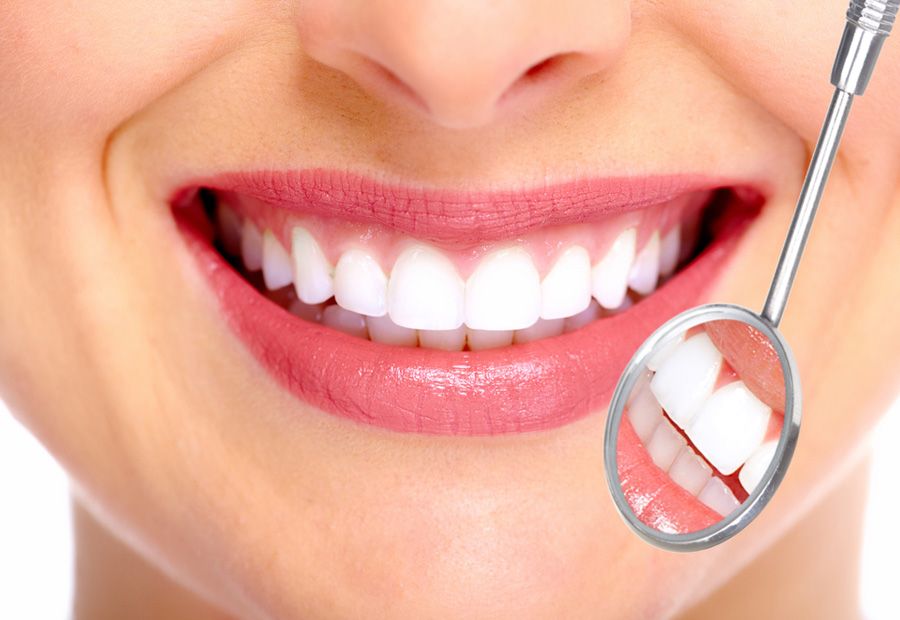A mixture of metals called amalgam is made out of powdered tin, copper, silver alloy, and liquid mercury. The alloy particles and elemental mercury interact and join to produce an amalgam. Due to their silver look, these fillings are sometimes known as “silver fillings.”
The lungs are negatively impacted by the mercury vapor that is released by elemental mercury and mostly absorbed through them. A few signs of inhaling mercury include headaches, respiratory problems, and coughing. Mercury can also enter the body through the skin, but this process is slower.
Dental amalgam fillings are much more resilient and less prone to breakage than certain other filling materials. The least expensive filling substance is amalgam. However, because amalgam contains elemental mercury, those who have amalgam fillings may be at risk because the mercury can enter the bloodstream through the lungs. According to the FDA, amalgam fillings are still regarded as safe for anyone six years of age and older.
Dental amalgam can be substituted with fillings made of composite resin or glass ionomer cement. The more well-liked composite resin fillings are made of an acrylic resin-like material that has been strengthened with glass filler powder. Fillings made of glass ionomer cement are made of organic acids, bases, and sometimes acrylic resins. They are both tooth-colored fillings.

Proper amalgam disposal is crucial since amalgam contains mercury. Dental amalgam will either be burned in an autoclave or an incinerator if it is disposed of with medical waste. Mercury fumes, which can be dangerous for both people and the environment, are released as a result of both of these disposal methods.
A number of states have enacted laws that force dentists who dispose of amalgam incorrectly to comply. The amalgam can be recycled by the dentist’s clinic or handled as hazardous waste and picked up or transported to a hazardous waste disposal site. The elemental mercury is removed from the amalgam during recycling and employed in a variety of new applications.
The amalgamas dentales recycling system consists of two pails. For minor amounts of amalgam-containing goods that have come into touch with blood and saliva, sludge from filters, and amalgam-containing teeth, the inner pail is lined with a silver foil bag. Other dental materials, including spent lead aprons, lead foils, non-contact amalgam containerized x-ray fixers, and obsolete radiographs can be safely recycled in the outside pail. Thus, the above are some important details one need to understand about dental amalgam.

